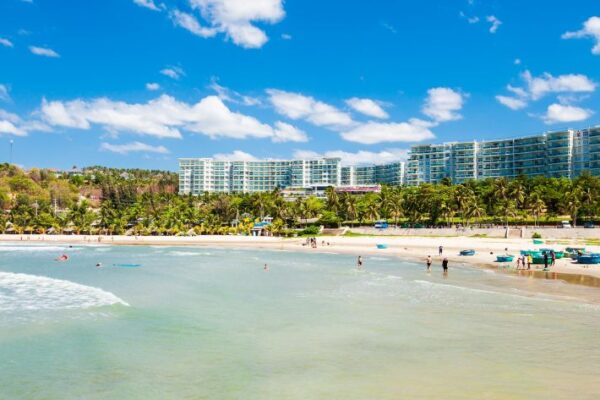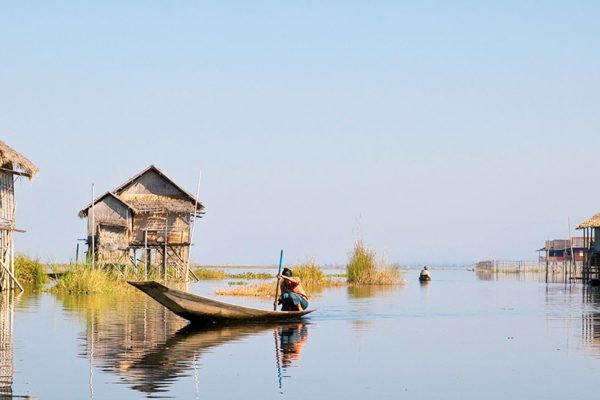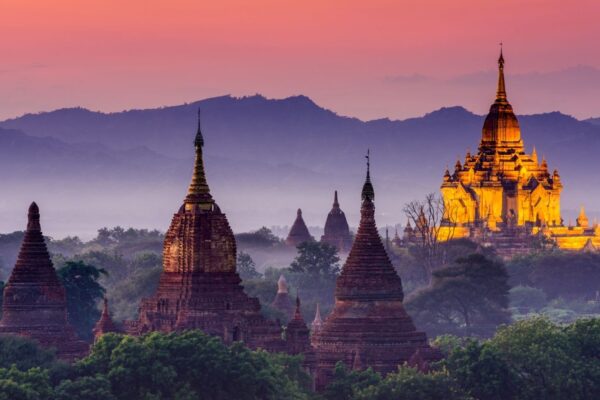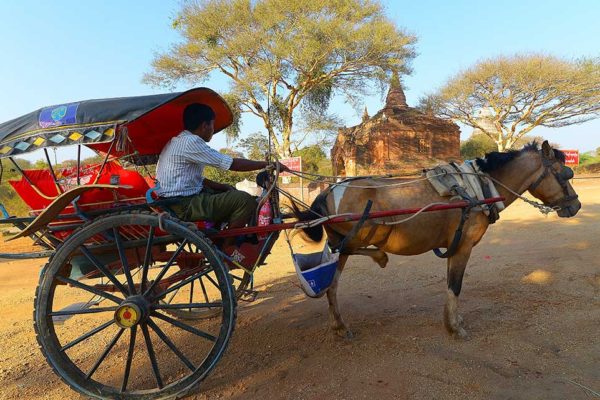How To Plan a Trip to Myanmar with Real-World Tips
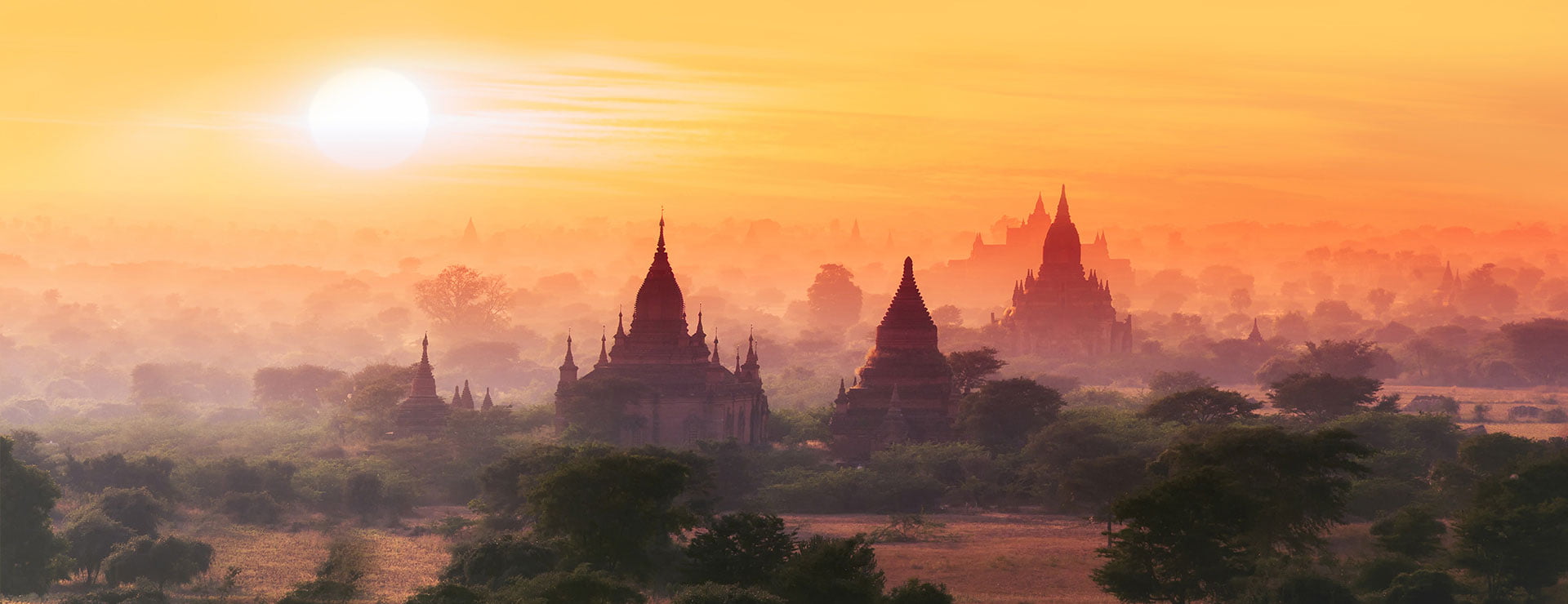
Golden pagodas glowing beneath the setting sun. Fishermen rowing with one leg on serene lakes. Handcrafted treasures are sold in bustling markets. If you’ve ever wanted a trip that blends the charm of old Asia with hidden landscapes and unpolished authenticity, it’s time to plan a trip to Myanmar.
This comprehensive guide offers you everything: when to go, how to get around, what to pack, and experiences that frame Myanmar as a country not only to visit but to truly feel.
Why Myanmar Should Be Added To Your Travel List?
Myanmar’s Living Spirit
Unlike other destinations in Southeast Asia where tourism often overwhelms tradition, Myanmar feels refreshingly rooted in its cultural identity.
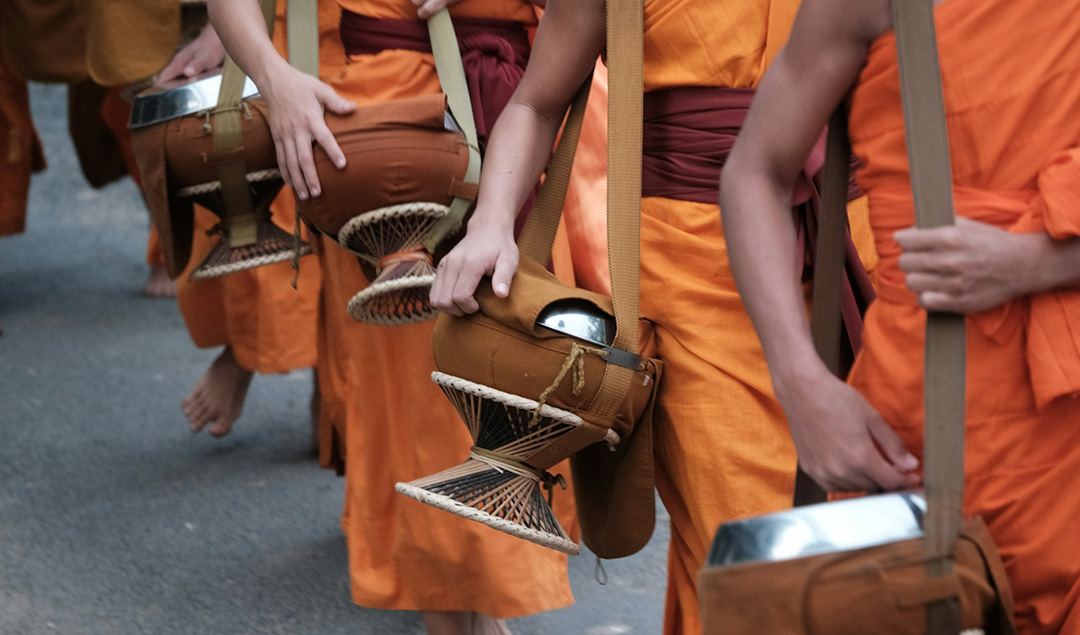
In Yangon, Shwedagon Pagoda doesn’t just attract foreign travelers—it’s a daily sanctuary where locals light butter lamps and chant. In Mandalay, you don’t just see carved marble Buddhas in shops; you walk into workshops where families have done this for generations.
When you plan a trip to Myanmar, you step into a place where heritage isn’t displayed behind museum glass. It is lived, practiced, and worn with pride.
Myanmar for the Traveling Spirit in You
- For Culture Lovers: Sacred rituals, rich Buddhism, and more than 100 ethnic groups, each with unique traditions.
- For Photographers: Golden sunsets over Bagan’s temples, reflection shots at Inle Lake, atmospheric mist in Shan State.
- For Slow Travelers: River cruises that linger for hours, cyclo rides through Yangon’s alleys, treks that end with tea offered in a family living room.
Best Time to Plan a Trip to Myanmar
Seasons Explained
Myanmar’s travel calendar consists of three distinct seasons. The dry season lasts from November to February, featuring clear skies and comfortable temperatures—this is the ideal time for hot-air ballooning over Bagan or trekking through the Shan hills. However, it’s important to book early, as tourism peaks during this period.
The shoulder months, which run from March to May and then from September to October, see warmer weather while remaining manageable. This results in quieter visits to heritage sites and more competitive hotel rates nationwide.
The rainy season, occurring from June to August, brings bright mornings followed by refreshing afternoon showers. During this time, the countryside transforms into a lush green landscape, rivers swell, and tourists are fewer, making it perfect for those seeking a tranquil experience.
Where Climate Matters
- Yangon: Hot year-round, but particularly sticky in July and August.
- Bagan: Desert-like heat; avoid walking in temples after 12:00.
- Mandalay: Intense sun; best explored via shaded side streets or under an umbrella mid-day.
- Inle Lake & Shan Hills: Crisp mornings, cool nights, especially in December and January.
Pro Tip
If you plan a trip to Myanmar in December at 06:00 to view Bagan’s sunrise, expect a chill that demands a light jacket. By 12:00, you will need that same jacket tied around your waist as the plains heat up past 34°C.
Visas and Essentials for Travelers
Travelers heading to Myanmar should apply for a tourist eVisa online, which takes about 3 to 5 business days for approval. It’s wise to print the approval letter and ensure your passport has at least six months’ validity. Have your vaccination certificates and travel insurance details ready, as these may be requested.
In cities, pharmacies are common, but supplies can be limited in rural areas. Bring essentials like mosquito repellent, rehydration salts, anti-diarrheal medicine, and necessary prescription drugs, as mosquito-borne diseases like malaria and dengue are present. Consult a travel clinic before your trip.
Myanmar is mostly cash-based. Bring crisp USD bills for conversion to kyat at banks or official exchanges and withdraw cash from ATMs before 3:00 PM, as machines may run out or reject foreign cards. While some hotels and restaurants accept cards, smaller establishments usually do not. Always keep extra cash for emergencies.
For connectivity, buy a local SIM card upon arrival for reliable 4G service, as Wi-Fi can be spotty outside urban areas. Download offline maps for navigation before going into the countryside.
Safety, Etiquette, and Responsible Travel
- Political Awareness: Stick to well-established tourism corridors. Avoid restricted border regions unless your tour operator guides you with permits.
- Temple Manners: Dress modestly. Even when it feels 35°C at 14:00, exposed shoulders and knees won’t fly at sacred pagodas. Always walk clockwise.
- Photography Courtesy: Always ask before snapping portraits in markets or religious spaces.
- Supporting Local: Buy directly from family craftspeople in Bagan or Inle. A lacquer tray or handwoven scarf often comes with a story.
- Waste Reduction: Carry a metallic water bottle—refill stations are increasing along main travel routes.
Where to Go When You Plan a Trip to Myanmar
Yangon Highlights
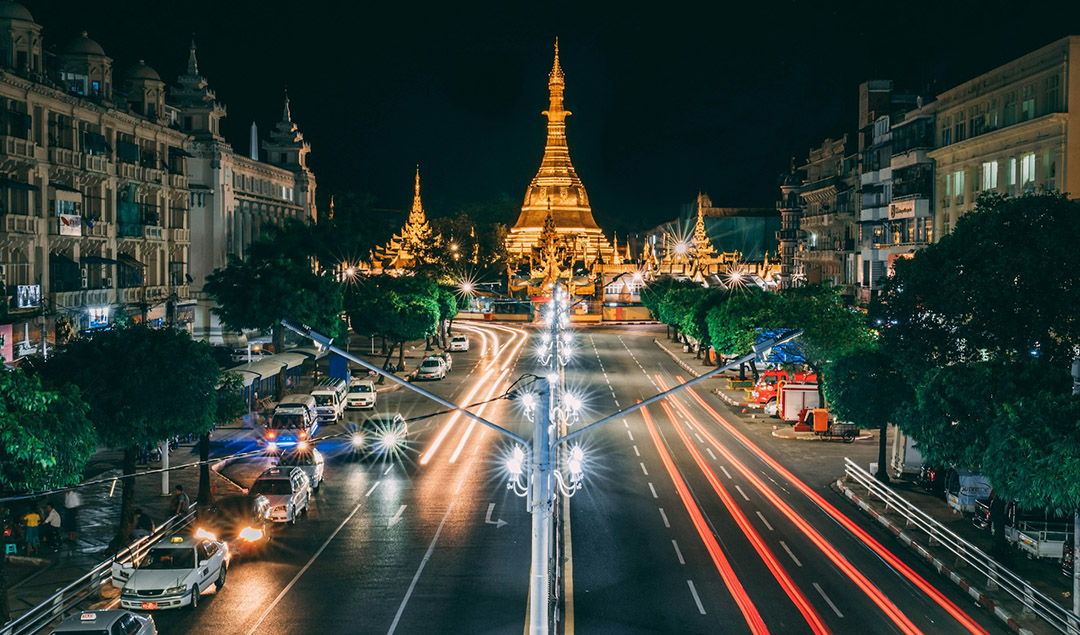
Myanmar’s largest city, Yangon, surprises visitors with its captivating blend of spirituality and rich history. A must-see attraction is the iconic Shwedagon Pagoda, where hundreds of people gather each evening at 7:00 PM for prayers—creating an unforgettable experience at one of Asia’s most impressive religious landmarks.
As you stroll through the colonial district of Yangon, you’ll encounter Rangoon-era architecture, vibrant street markets, and teashops, all infused with the fragrant aroma of sweetened milk tea. For an authentic glimpse into local life, hop on the Circular Train for just $1; this three-hour journey takes you through various neighborhoods, showcasing vibrant scenes such as farmers boarding the train with baskets of fresh produce.
The Temples of Bagan
Bagan is renowned for its vast array of temples, offering visitors numerous opportunities for exploration. The best way to navigate the area is by e-bike, which is safe, convenient, and perfect for covering the temple zones. Starting your journey early at 7:00 AM allows you to avoid the crowds.
One of the highlights of Bagan is the Ananda Temple, renowned for its exquisite architectural beauty. However, if you’re looking for a peaceful experience, consider visiting quieter temples like Pyathada, where you can enjoy moments of solitude.
From October to March, hot air ballooning over the temples offers a breathtaking sunrise experience, with flights launching at 5:30 AM and prices starting at USD 300 or more.
Mandalay and Nearby
Mandalay and its surroundings offer a unique glimpse into Myanmar’s cultural and spiritual heritage.
A highlight is the U Bein Bridge at sunset, where visitors can walk alongside monks returning home at 5:30 PM, or they can enjoy a canoe ride for a more peaceful view. Explore the artisan quarters to witness the rhythmic process of gold leaf production, a craft that has been passed down through generations.
The Sagaing Hills, with their panoramic view of hundreds of white and gold stupas, offer breathtaking vistas of landscapes rich in tradition.
Peace at Inle Lake
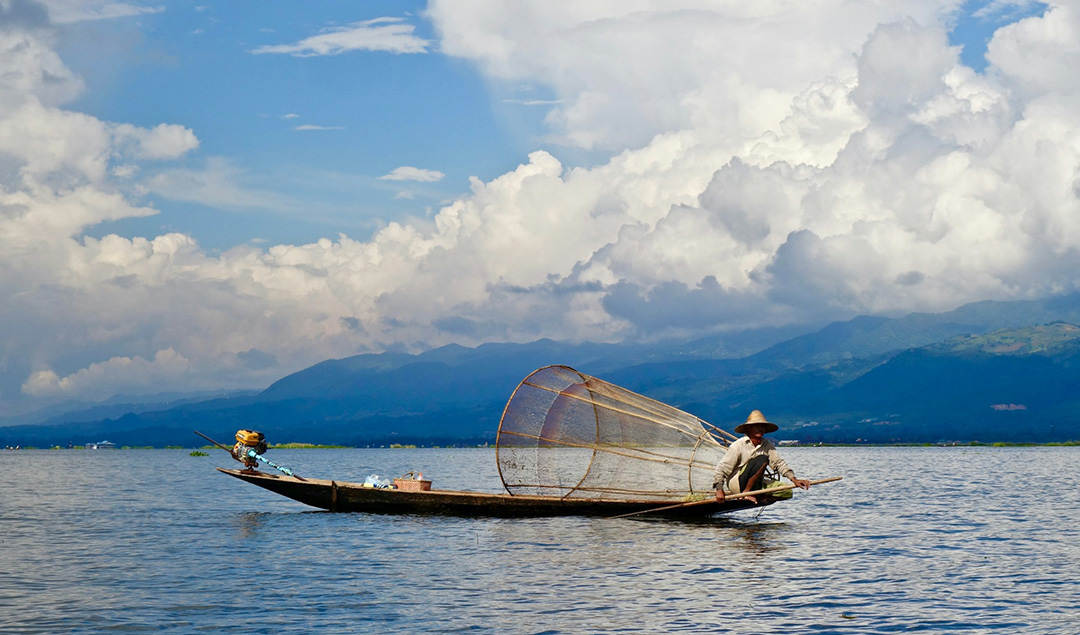
Inle Lake welcomes visitors to a world of floating gardens and unique leg-rowing fishermen, a scene best enjoyed from dawn until 09:00 before the midday warmth sets in. Vibrant villages are home to skilled artisans, including blacksmiths, silversmiths, and lotus-fiber weavers, all dedicated to preserving local crafts. The rotating five-day market energizes the region, uniting diverse ethnic groups and offering stalls filled with fresh produce and handcrafted goods.
>> See Tour: Myanmar Essence
Getting Around Myanmar Efficiently
Travelers will find that Myanmar offers transport options that can save time while providing a local immersion experience. For instance, flights, such as the quick trip between Yangon and Bagan, take just 1 hour and 20 minutes, making them a time-efficient alternative to bus journeys, which can exceed 9 hours.
Overnight buses connect key routes, such as Mandalay to Inle Lake, facilitating efficient travel, although comfort may be basic. It’s advisable to pack snacks and water for the midnight stops and consider bringing a lightweight travel blanket for the chilly rides.
For those who prefer a more leisurely pace, a river cruise along the Mandalay–Bagan route provides a scenic and relaxing experience from 8:00 AM to 5:00 PM. Multi-day slow boat options are available for a deeper connection to local life and the countryside.
Within cities, Grab taxis make travel in Yangon more convenient. However, it’s wise to confirm the fare before starting your journey, especially in areas not covered by the app. In smaller towns where ride-hailing services are unavailable, it’s best to arrange transportation in advance through your hotel or a trusted local provider.
Culture and Cuisine
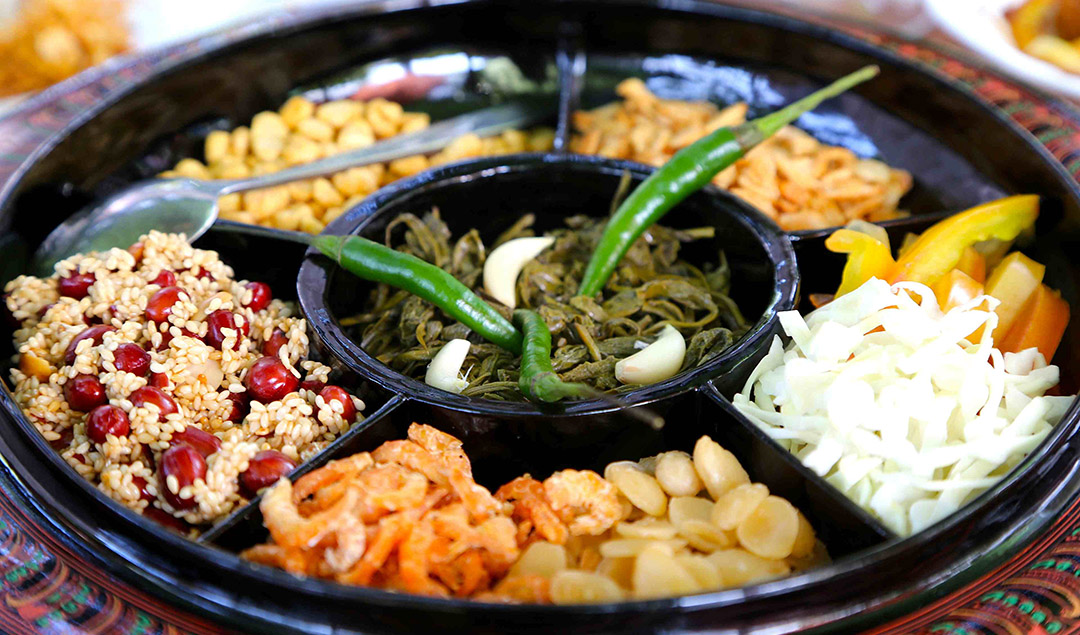
Eating in Myanmar offers a delightful fusion of flavors, showcasing the warmth of local hospitality. Begin your culinary journey with Mohinga, the national breakfast, which features a comforting bowl of fish broth accompanied by rice noodles, crispy fritters, and fresh herbs. Another must-try dish is laphet thoke, or tea leaf salad, which combines crunchy, tangy, and distinctly Burmese flavors that pair wonderfully with local beer. Shan noodles, often enjoyed with pickled vegetables, provide a satisfying comfort food option after a day of exploration or trekking.
Meals in Myanmar are typically served on communal platters, and it is considered polite to take at least a spoonful to show respect for your hosts. Tea shops, open until 10:00 PM, are essential to the social fabric of Myanmar, where travelers can relax and engage in friendly conversation. For adventurous eaters, be sure not to miss regional specialties such as grilled river fish in Inle or coconut rice cakes sold by local vendors.
>> Read More: Your Guide to the Top 10 Traditional Myanmar Dishes Every Traveler Must Try
Where to Stay
Myanmar offers a wide range of accommodation options, from budget hostels to charming boutique hotels, ensuring that travelers can easily find a place that suits their style and budget.
In Yangon, heritage hotels situated in the city center offer an immersive experience of colonial history and culture, while lakeside resorts provide peaceful retreats from the urban hustle.
For temple enthusiasts, Bagan is a fantastic destination. Old Bagan offers tranquility near archaeological sites, while New Bagan boasts a vibrant atmosphere with numerous restaurants, and Nyaung-U is ideal for budget-conscious travelers seeking a social scene.
In Mandalay, staying in the city center makes it convenient to explore local markets and attractions. Alternatively, accommodations near monasteries on the outskirts offer peace and a serene early morning spiritual ambiance.
Inle Lake boasts overwater lodges with breathtaking views, making it an ideal spot for relaxation and leisure. Meanwhile, lodgings in Nyaung Shwe town offer good value and easy access to local dining and transportation.
During peak tourist seasons, it’s advisable to book accommodations well in advance, as popular areas tend to fill up quickly.
Costs and Budgeting
Myanmar offers a remarkably affordable travel experience, catering to a variety of budgets. For budget travelers, daily expenses for basic guesthouse accommodation, local food, and shared transportation typically range from $30 to $40. Mid-range travelers can expect to spend between USD 50 and USD 80 per day, which covers stays at boutique hotels, domestic flights, and some guided tours. Those seeking luxury and private experiences, such as balloon rides or specialized guides, should budget between $100 and $150 per day.
To make the most of your budget, consider traveling during the shoulder seasons when prices tend to be lower. You can also save by sharing boats at Inle Lake and taking advantage of combined entry passes for the temples in Bagan. Additionally, it’s important to carry cash, as credit card acceptance is limited outside major hotels and restaurants.
Packing List
Packing smart is essential for a smooth adventure in Myanmar. Opt for breathable cotton trousers, lightweight scarves, and modest tops to respect local customs while staying cool in the heat. Slip-on sandals are ideal for visiting pagodas, while sturdy trekking shoes are invaluable for exploring hill regions and caves.
Be sure to bring a comfortable daypack to carry water, snacks, and essentials for temple visits and day tours. Don’t forget to include extra gear such as a headlamp for cave excursions or night walks after 5:00 PM, dry bags to protect your electronics and valuables during boat trips, and a power adaptor compatible with Myanmar’s sockets.
Additionally, bring insect repellent and sunblock for outdoor activities, and keep a light rain jacket or umbrella handy during the rainy season.
Final Words
To plan a trip to Myanmar is to weave together timeless landscapes and encounters that move far deeper than photographs. With golden spires, misty lakes, artisan workshops, and river journeys, Myanmar’s charm rests in slowing down, traveling responsibly, and absorbing its genuine rhythm. For a seamless experience, trust Asia Pioneer Travel to craft your itinerary, handle logistics, and connect you with meaningful, authentic encounters. Start designing your adventure now, and let Myanmar leave a golden imprint on your soul.
